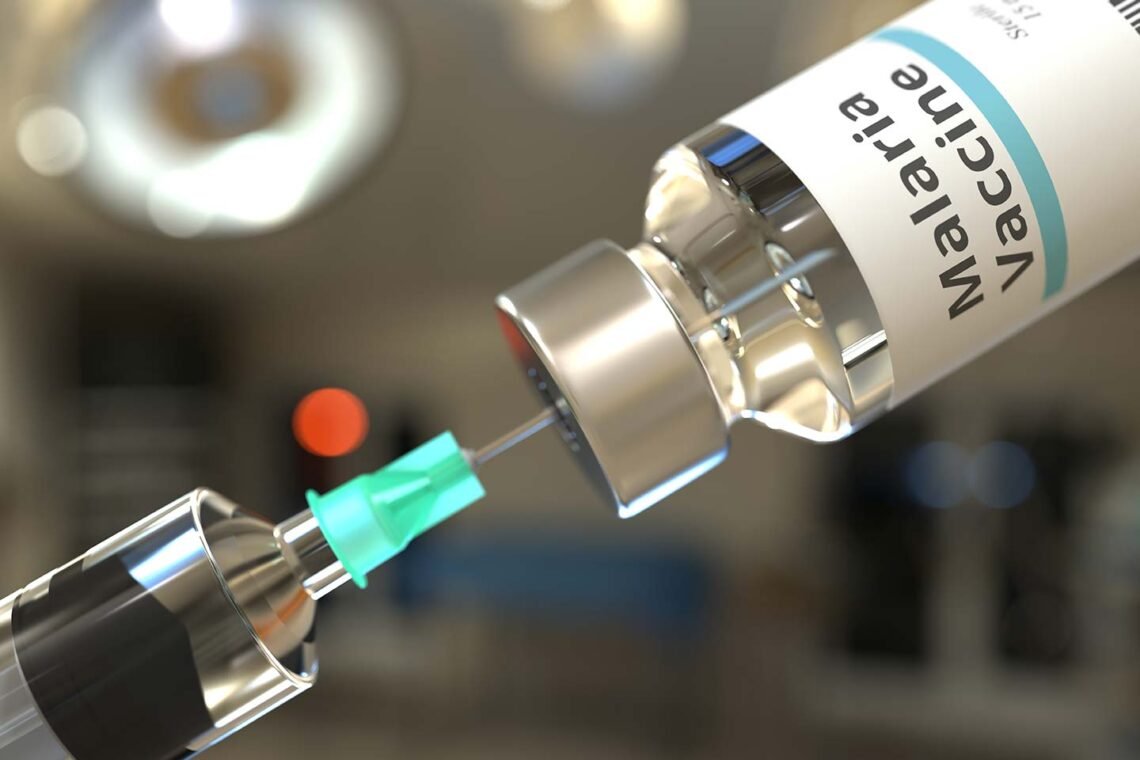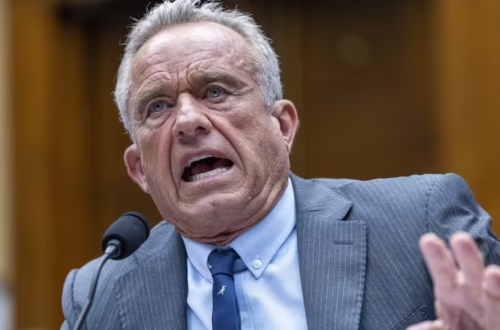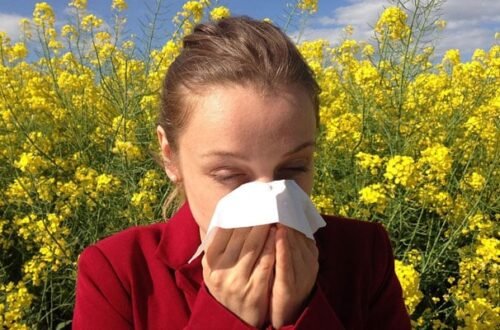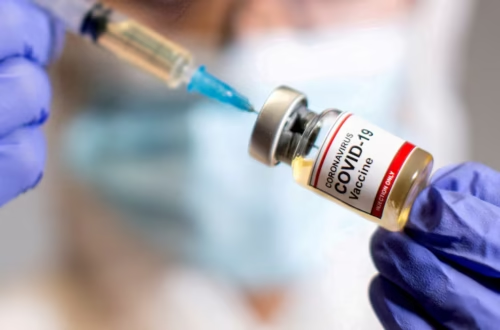A Breakthrough in the Fight Against Malaria
I’ll never forget the story my friend Amina shared about her childhood in rural Ghana. Every rainy season, malaria swept through her village, leaving her bedridden for weeks, too weak to play or study. Today, hope shines brighter with the development of new malaria vaccines, like R21/Matrix-M, offering a powerful tool to protect millions of children like Amina from this ancient scourge.
What Is Malaria and Why Is It a Global Concern?
The Scale of the Problem
Malaria, caused by Plasmodium parasites spread through mosquito bites, kills over 600,000 people annually, mostly children under five in sub-Saharan Africa. In 2023, the WHO reported 263 million cases globally, with Africa bearing 94% of the burden. Vaccines like RTS,S and R21 are game-changers, targeting the deadly Plasmodium falciparum.
The Parasite’s Complex Life Cycle
Sporozoite Stage: The Entry Point
When an infected mosquito bites, it injects sporozoites that travel to the liver, multiplying silently. Vaccines like R21 target this stage, triggering antibodies to neutralize sporozoites before they spread. This early intervention is critical to preventing infection.
Blood Stage: Where Disease Strikes
If sporozoites evade the immune system, they enter the blood, causing fever, anemia, and potentially death. Blood-stage vaccines, still in development, aim to reduce parasite load, but current vaccines focus on stopping the parasite before it reaches this stage.
The Journey to Malaria Vaccines
A Decades-Long Quest
Early Struggles
Since the 1960s, scientists have wrestled with malaria’s complexity—its shape-shifting parasite and lack of natural lifelong immunity. Early attempts, like irradiated sporozoite studies in the 1970s, showed promise but hit roadblocks due to the parasite’s genetic diversity and weak immune responses.
The Rise of RTS,S
In 2021, the WHO approved RTS,S (Mosquirix), the first malaria vaccine, after 30 years of work by GSK and PATH. It reduces clinical malaria by 36% in children and has reached over 2 million kids in pilot programs in Ghana, Kenya, and Malawi. Its success paved the way for further innovation.
Enter R21/Matrix-M
A New Hope
Developed by the University of Oxford and the Serum Institute of India, R21/Matrix-M, approved by WHO in 2023, boasts up to 75% efficacy in preventing malaria in children. Its lower cost and scalability make it a vital tool for mass immunization in Africa.
How Do These Vaccines Work?
Targeting the Sporozoite
Both RTS,S and R21 target the circumsporozoite protein (CSP) on the sporozoite’s surface. When vaccinated, the immune system produces antibodies that block sporozoites from infecting liver cells. R21’s Matrix-M adjuvant enhances this response, making it more potent and longer-lasting.
Comparing RTS,S and R21
| Vaccine | Efficacy | Doses | Cost | Availability |
|---|---|---|---|---|
| RTS,S (Mosquirix) | 36% (clinical malaria) | 4 doses, 5–17 months | Higher cost | Widely rolled out |
| R21/Matrix-M | 75% (seasonal areas) | 4 doses, 5–36 months | Lower cost, scalable | Mid-2024 rollout |
R21’s higher efficacy and lower cost make it a strong complement to RTS,S, especially in high-transmission areas.
The Impact of Malaria Vaccines
Saving Lives
Reducing Child Mortality
Pilot programs for RTS,S in Ghana, Kenya, and Malawi showed a 13% drop in all-cause child mortality and a 30% reduction in severe malaria. R21’s phase 3 trials in four African countries reported a 75% reduction in malaria cases, offering hope for even greater impact.
Community Benefits
Vaccines don’t just protect individuals—they reduce transmission. By lowering parasite loads, RTS,S and R21 help curb malaria’s spread, especially when paired with bed nets and antimalarial drugs, achieving over 90% coverage of preventive measures.
Economic and Social Gains
Easing the Burden
Malaria costs Africa billions annually in healthcare and lost productivity. Amina’s family, for instance, spent weeks’ worth of income on treatment each year. Vaccines like R21, with their cost-effectiveness, could free up resources for education and economic growth in endemic regions.
Pros and Cons of Malaria Vaccines
Pros
- High Impact: R21 reduces malaria cases by up to 75% in seasonal areas, saving thousands of lives.
- Cost-Effective: R21’s low production cost allows for mass distribution in low-income countries.
- Complementary: No drop in bed net use or other vaccinations, enhancing existing tools.
Cons
- Logistical Challenges: Four-dose schedules and R21’s 18-month shelf life complicate delivery in remote areas.
- Partial Protection: Neither vaccine offers 100% efficacy, requiring continued use of other measures.
- Waning Immunity: Boosters are needed to maintain protection, adding complexity.
Challenges in Vaccine Rollout
Supply and Distribution
Scaling Production
The Serum Institute of India plans to produce 200 million R21 doses annually, but demand could exceed 100 million doses yearly. Ensuring equitable distribution to remote areas remains a hurdle, as seen in Cameroon’s 2024 rollout of RTS,S.
Cold Chain Issues
Vaccines require cold storage, a challenge in regions with unreliable electricity. R21’s short shelf life adds pressure to streamline logistics, especially in rural clinics with limited infrastructure.
Community Acceptance
Overcoming Hesitancy
Misinformation on social media fuels vaccine hesitancy, with some fearing side effects. Health education campaigns, like those in Ghana, have boosted trust by showing real benefits, but more work is needed to reach skeptical communities.
What’s Next for Malaria Vaccines?
Next-Generation Vaccines
mRNA Innovations
Inspired by COVID-19 vaccines, mRNA-based malaria vaccines are in preclinical trials, showing a 99.7% drop in parasite transmission in lab studies. These could offer higher efficacy and easier production, potentially revolutionizing malaria prevention.
Blood-Stage and Transmission-Blocking Vaccines
Researchers are developing vaccines targeting the blood stage to reduce disease severity and transmission-blocking vaccines (e.g., Pfs25) to stop parasites in mosquitoes. These could complement RTS,S and R21 for a multi-pronged approach.
Toward Eradication
A Multi-Pronged Strategy
The WHO’s 2030 goal aims for a 90% reduction in malaria cases. Combining vaccines with bed nets, insecticides, and drugs like seasonal malaria chemoprevention (SMC) could make this achievable. A Burkina Faso study showed a 60% drop in clinical malaria when RTS,S was paired with SMC.
Where to Get Malaria Vaccines
National Immunization Programs
Countries like Cameroon, Ghana, and Uganda are rolling out RTS,S and R21 through routine childhood vaccinations. Check with local health ministries or WHO’s Malaria Vaccine Implementation Programme for availability.
Global Support
Organizations like Gavi and UNICEF are funding vaccine distribution in 28 African countries. Visit Gavi or UNICEF for updates on rollout schedules and eligibility.
Best Tools for Malaria Prevention
Complementary Measures
- Insecticide-Treated Nets: Reduce mosquito bites by 50% when used consistently. (Audubon)
- Antimalarial Drugs: SMC prevents 75% of malaria cases in seasonal areas. (WHO)
- Indoor Spraying: Kills mosquitoes on contact, effective in high-transmission zones.
Monitoring and Research
- PATH’s IMV Program: Advances blood-stage vaccine research. (Malaria Vaccine)
- eBio Malaria Atlas: Tracks malaria trends globally. (Malaria Atlas)
People Also Ask (PAA)
What is the new malaria vaccine called?
The R21/Matrix-M vaccine, developed by Oxford and the Serum Institute of India, is the latest WHO-approved malaria vaccine, showing 75% efficacy in children.
How effective is the malaria vaccine?
R21 reduces malaria cases by up to 75% in seasonal areas, while RTS,S achieves 36% efficacy. Both significantly lower severe malaria and child mortality.
Who can get the malaria vaccine?
Both vaccines are recommended for children aged 5–36 months in moderate to high-transmission areas, especially in sub-Saharan Africa.
How does the malaria vaccine work?
The vaccines target the sporozoite stage, producing antibodies to block the parasite from infecting the liver, preventing disease onset.
A Personal Reflection
Amina’s eyes lit up when she heard about the vaccine rollout in her village. “My kids won’t have to suffer like I did,” she said, her voice thick with hope. That moment reminded me how science, when paired with human will, can rewrite stories of suffering. These vaccines aren’t just shots—they’re lifelines for millions.
FAQ
How safe are the new malaria vaccines?
Both RTS,S and R21 have strong safety profiles, with over 6 million doses administered and no major adverse effects reported. Mild side effects like fever are common but temporary.
Can adults get the malaria vaccine?
Currently, both vaccines are approved for children in endemic areas. Research on adult vaccines, especially for pregnant women, is ongoing but not yet available.
How much does the R21 vaccine cost?
Exact costs vary, but R21 is designed to be low-cost for mass distribution. Check Gavi for funding details in eligible countries.
Will malaria vaccines eliminate the disease?
Vaccines alone won’t eradicate malaria but, combined with other tools, could reduce cases by 90% by 2030, per WHO goals.
Where can I learn more about malaria prevention?
Visit WHO or PATH for comprehensive resources on vaccines and prevention strategies.
The Road Ahead
The arrival of R21/Matrix-M and RTS,S marks a turning point in the fight against malaria, but it’s not the finish line. With climate change expanding mosquito habitats and drug resistance rising, the battle requires sustained effort. By supporting vaccine rollouts, embracing new technologies like mRNA, and combining tools like bed nets and drugs, we can protect millions and inch closer to a malaria-free world. Let’s keep the momentum going—because no child should endure what Amina did.





